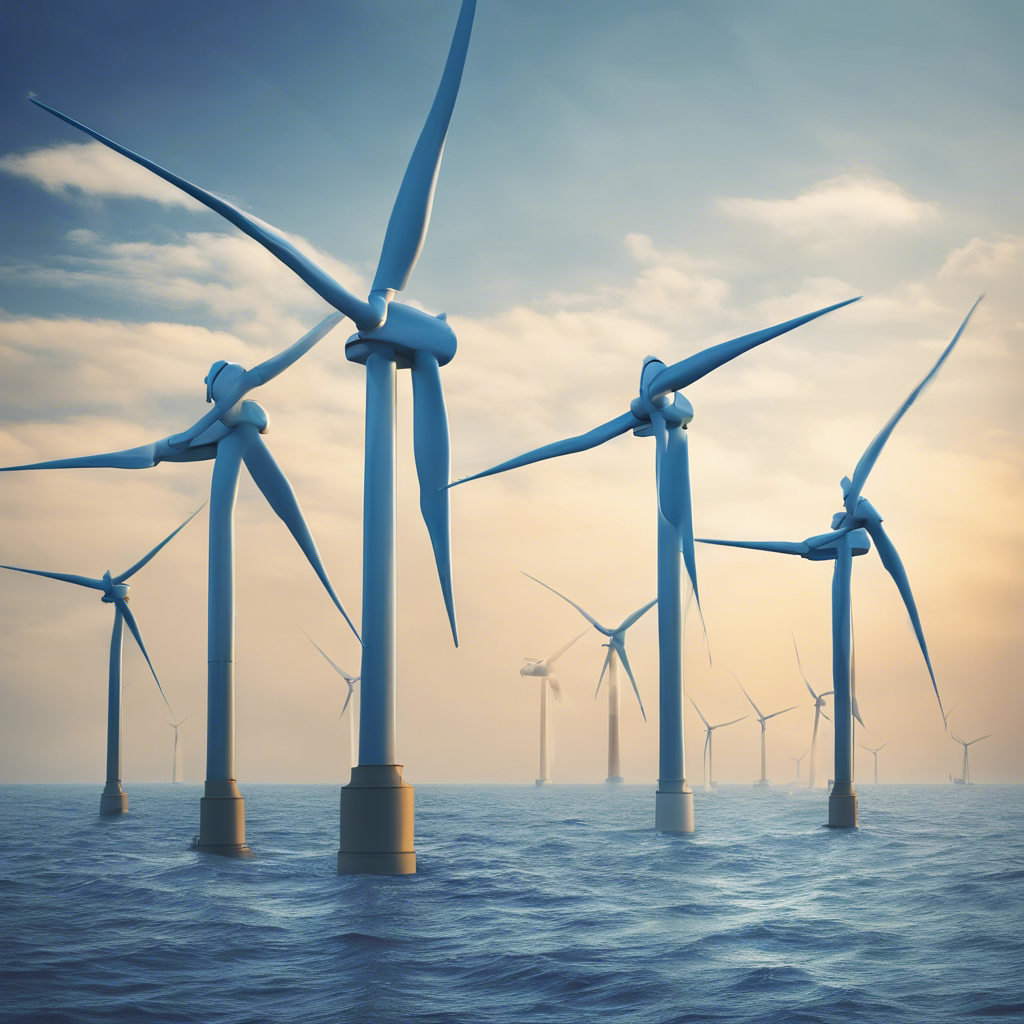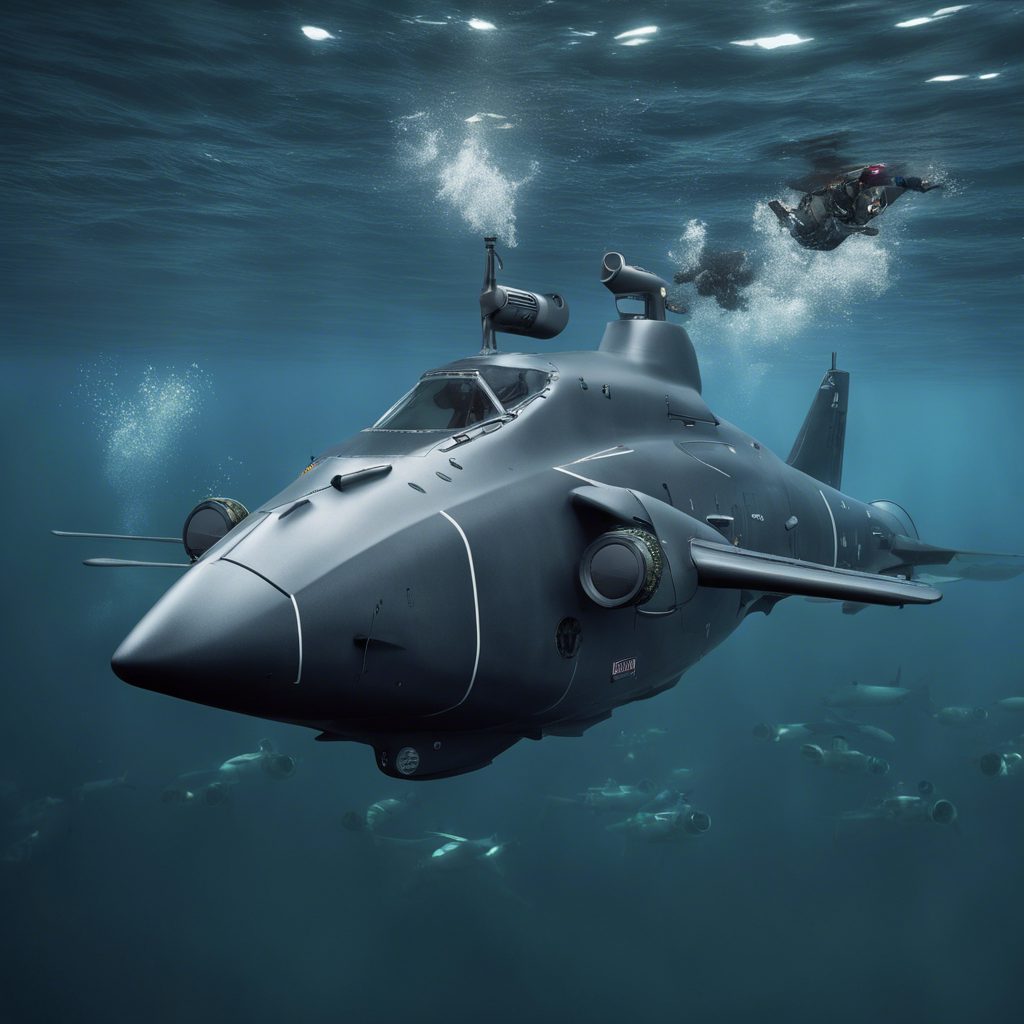Developing Technology Review Criteria to Accelerate Offshore Wind Development and Protect Ocean Life

Collaborative Efforts Seek to Balance Offshore Wind Expansion with Environmental Conservation
As the world moves towards a renewable energy future, offshore wind has emerged as a crucial component in reducing carbon emissions and combating climate change. With its stronger and more consistent wind resources, offshore wind has the potential to power major coastal cities and contribute significantly to carbon-free energy targets. However, the offshore wind industry faces challenges in its growth, including supply chain complications and concerns about environmental impacts. To address these concerns, experts are working on developing technology review criteria that can facilitate the responsible expansion of offshore wind while safeguarding marine life.
The Need for Responsible Offshore Wind Development
The urgency to transition to renewable energy sources has never been greater. Offshore wind offers a viable solution to reduce reliance on fossil fuels and mitigate the devastating impacts of climate change. With more than half of the U.S. population living near coastal cities, tapping into offshore wind resources becomes crucial. However, the current state of offshore wind development in the U.S. is limited, with only seven turbines currently spinning offshore. Inflationary pressure, supply chain complications, and canceled projects have highlighted the growing pains of the industry. To ensure the future success of offshore wind, a balanced approach is necessary.
The Role of Technology Review Criteria
Recognizing the need for a comprehensive evaluation of technologies that can facilitate offshore wind development while protecting marine life, a recent summit convened by the Biden administration brought together environmental groups, industry representatives, and academics. The summit announced the initiation of expert workshops aimed at creating a system to impartially review and validate newer technological alternatives. These alternatives will be assessed based on their ability to match the protection level offered by established methods such as seasonal restrictions and limiting noisy construction activities during times of high visibility.
The Importance of Scientific Performance Criteria
While scientific performance criteria may not sound glamorous, they play a crucial role in validating new monitoring and mitigation technologies for offshore wind development. By efficiently evaluating and commercializing these technologies, the industry can accelerate its growth while ensuring responsible environmental practices. The collaborative efforts of industry, government, and environmental groups have been ongoing for years, seeking ways to protect marine life while advancing offshore wind. The development of scientific performance criteria represents another significant step in this process.
Leveraging Smart Technologies for Offshore Wind Development
To strike a balance between clean energy development and wildlife protection, it is essential to explore the benefits of existing and emerging technologies. Passive acoustic monitoring devices, thermal cameras for night-time whale detection, and software utilizing machine learning for automated whale detection are among the technologies being considered. These innovations can enhance the monitoring and mitigation efforts, minimizing the impact on marine life. Additionally, these smart technologies can be leveraged by other offshore industries, creating a win-win situation for both the wind industry and ocean conservation.
Collaborative Efforts and Neutral Spaces for Discussions
The expert workshops are being led by the Regional Wildlife Science Collaborative for Offshore Wind (RWSC), in partnership with the U.S. Department of Energy (DOE) National Laboratories. The RWSC, comprising federal agencies, Atlantic coast states, offshore wind companies, and environmental nonprofits, serves as a neutral platform for transparent discussions on scientific findings and the research needs of offshore wind and wildlife. This collaborative approach ensures a comprehensive and well-rounded assessment of technology options.
Conclusion:
The development of technology review criteria to facilitate offshore wind development while protecting ocean life represents a significant step towards a sustainable and responsible renewable energy future. By evaluating and validating new monitoring and mitigation technologies, the industry can address concerns about environmental impacts and accelerate its growth. With collaborative efforts from various stakeholders, including government agencies, developers, academics, and NGOs, offshore wind can be developed in a way that sets an example for other nations. By striking a balance between clean energy development and wildlife conservation, the future of offshore wind can be both bright and fossil fuel-free.










